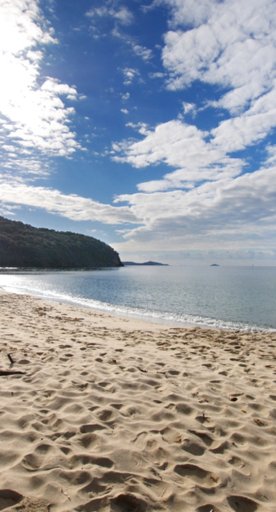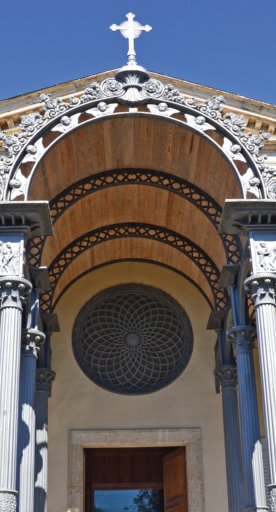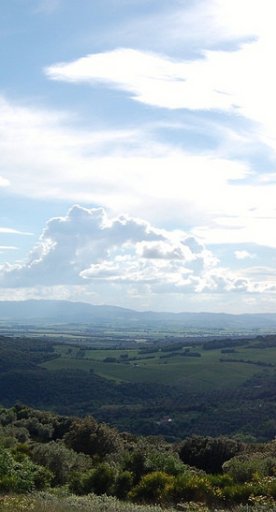Follonica is found in the middle of the gulf that bears its name, tucked in between the Piombino peninsular and Punta Ala, which faces out to the Isle of Elba.
Famous for its bathing establishments and its crystalline waters, Follonica has enjoyed the Blue Flag recognition for 20 years. Thanks to its mild climate and shaded location, it is also the ideal place for summer relaxing with all the family.
Ever since antiquity, the town has been known as a centre of ironworking and cast iron production. Its name, indeed, comes from fulloni, the old bellows formerly used in the forges.
As part of Leopold II's Grand Duchy of Tuscany, Follonica became an important industrial hub. Thus a new foundry was built next to the old Medici forges, and the structures remain intact even today.







































